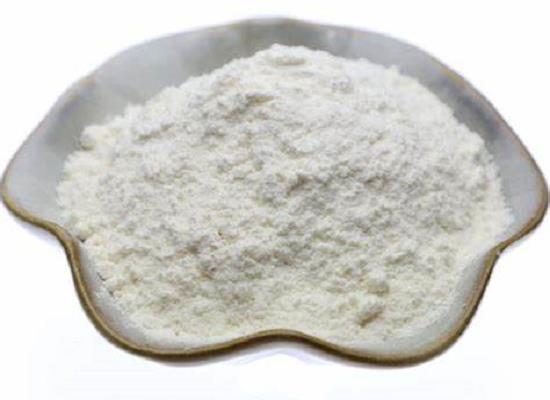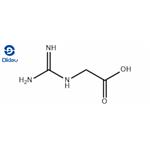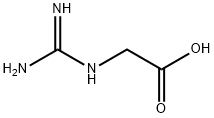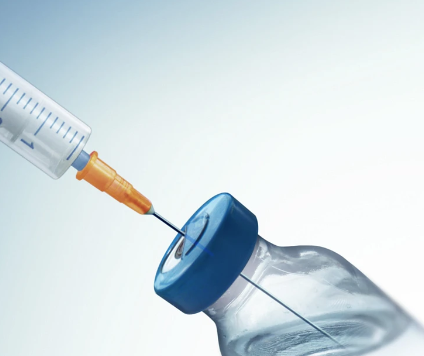Guanidineacetic Acid: Mechanism of Action and Applications in Multiple Sclerosis
General Description
Guanidineacetic acid acts as a precursor to creatine, enhancing the production of phosphocreatine crucial for energy metabolism in muscle tissues. This mechanism supports optimal muscle function during activities requiring strength and endurance. In the context of Multiple Sclerosis, early trials dating back to the 1950s, along with recent research, demonstrate the therapeutic potential of Guanidineacetic acid. Studies, including a seminal trial by Dr. John Aldes, show that Guanidineacetic acid supplementation, particularly when combined with rehabilitation programs, provides symptomatic relief and functional improvements in MS patients. Recent case reports further support these findings, indicating potential neuroprotective effects and improved clinical outcomes. Beyond MS, preclinical and clinical trials suggest Guanidineacetic acid's broader neurotropic potential, highlighting its significance in experimental and clinical nutrition. Overall, Guanidineacetic acid holds promise as a therapeutic agent for MS, offering symptomatic relief, functional improvement, and potential neuroprotective effects, though further research is needed to optimize treatment protocols and understand its mechanisms of action fully.

Figure 1. Guanidineacetic Acid
Mechanism of Action
Guanidineacetic acid is a substance naturally present in the bodies of animals and humans, playing a crucial role in the biosynthesis of creatine. Guanidineacetic acid serves as a precursor to creatine, a compound vital for energy production in muscle tissues. The mechanism of action of guanidineacetic acid revolves around its ability to enhance the production of phosphocreatine, a molecule involved in the transfer of high-energy phosphate groups in cells. By supplementing with additional Guanidineacetic acid, the organism generates increased levels of phosphocreatine. This surplus of phosphocreatine serves as a readily available reservoir of high-energy phosphate groups, which can rapidly donate energy to facilitate various cellular processes, especially in tissues with high energy demands such as muscles, brain, and gonads. The augmented availability of phosphocreatine through Guanidineacetic acid supplementation ensures a continuous and efficient supply of energy to muscle tissues, supporting their optimal function during activities requiring strength, endurance, and power. Furthermore, this enhanced energy metabolism contributes to the maintenance of overall metabolic health and may have beneficial effects on physical performance and cognitive function. In summary, Guanidineacetic acid exerts its effects by boosting the production of phosphocreatine, thereby fueling energy-intensive processes in muscles and other vital tissues, ultimately promoting enhanced performance and metabolic efficiency. 1
Applications in Multiple Sclerosis
Guanidineacetic acid has shown promising applications in the management of Multiple Sclerosis (MS), a chronic autoimmune disorder affecting the central nervous system. Early investigations into the therapeutic potential of Guanidineacetic acid date back to the 1950s, with pioneering studies demonstrating its efficacy in improving neuromuscular functioning and overall wellbeing in MS patients. In a seminal trial by Dr. John Aldes, Guanidineacetic acid supplementation (6 g/day) combined with a rehabilitation program yielded significant symptomatic relief and functional improvements in 226 MS patients over a five-year period. Importantly, patients on this regimen were able to maintain normal tissue levels of phosphocreatine and ATP in skeletal muscle, indicating a positive impact on tissue metabolism. Recent case reports, further support the therapeutic potential of Guanidineacetic acid in MS. A middle-aged woman with secondary-progressive MS, resistant to conventional treatments, experienced moderate clinical improvement following treatment with 2 g of GAA per day for 21 days, administered alongside creatine monohydrate. Magnetic resonance spectroscopy revealed increased levels of total brain creatine, choline, N-acetyl aspartate, and glutathione, along with a reduction in glutamate levels, indicating potential neuroprotective effects. Moreover, preclinical and clinical trials have underscored the neurotropic potential of Guanidineacetic acid beyond MS, with studies demonstrating positive effects on neural tissue in various experimental and clinical settings. Overall, Guanidineacetic acid holds promise as a therapeutic agent for MS, offering symptomatic relief, functional improvement, and potential neuroprotective effects. Further research is warranted to elucidate its mechanisms of action and optimize treatment protocols for MS patients. 2
Reference
1. Ostojic SM, Jorga J. Guanidinoacetic acid in human nutrition: Beyond creatine synthesis. Food Sci Nutr. 2023; 11(4): 1606-1611.
2. Ostojic SM. Guanidinoacetic Acid as a Nutritional Adjuvant to Multiple Sclerosis Therapy. Front Hum Neurosci. 2022; 16: 871535.
You may like
Lastest Price from Guanidineacetic acid manufacturers

US $0.00-0.00/KG2025-11-25
- CAS:
- 352-97-6
- Min. Order:
- 1KG
- Purity:
- 98
- Supply Ability:
- 10000KGS

US $1200.00-1100.00/ton2025-09-25
- CAS:
- 352-97-6
- Min. Order:
- 1ton
- Purity:
- 99%
- Supply Ability:
- 1000T/M


